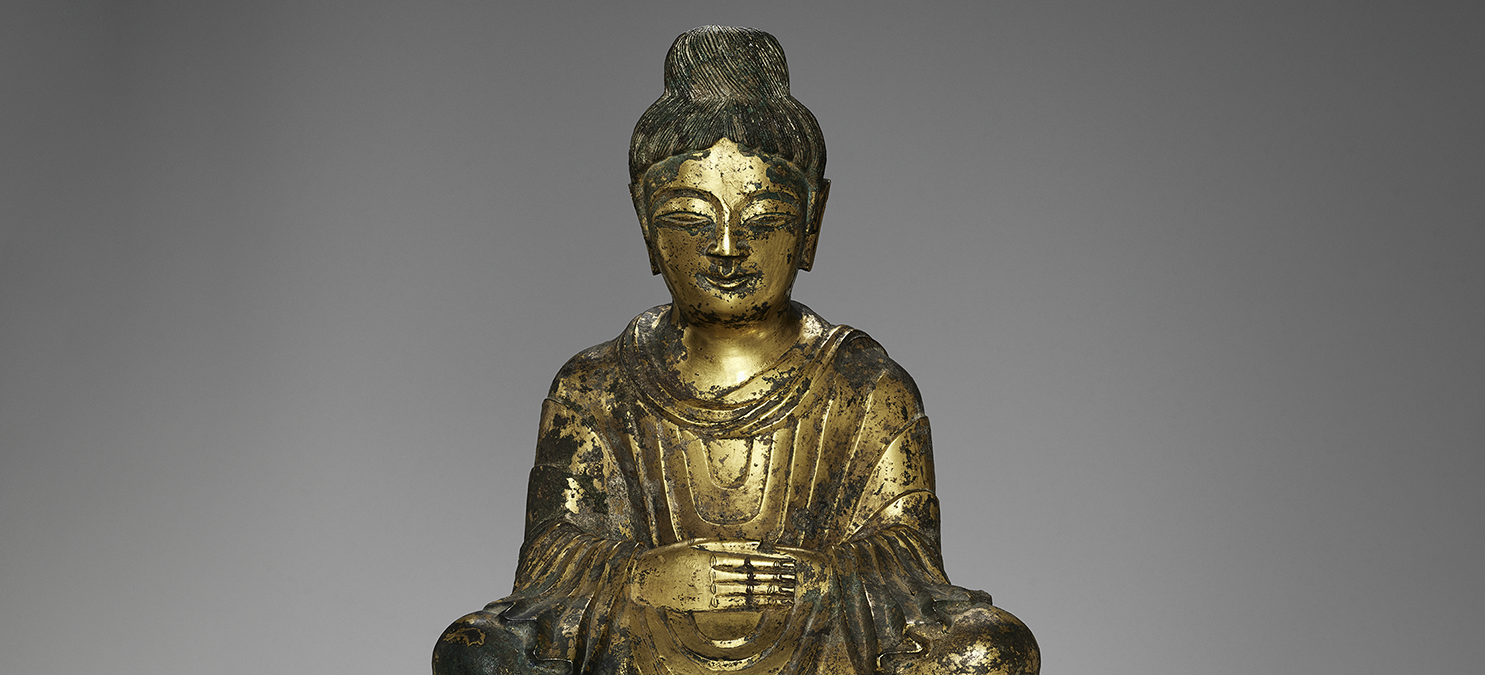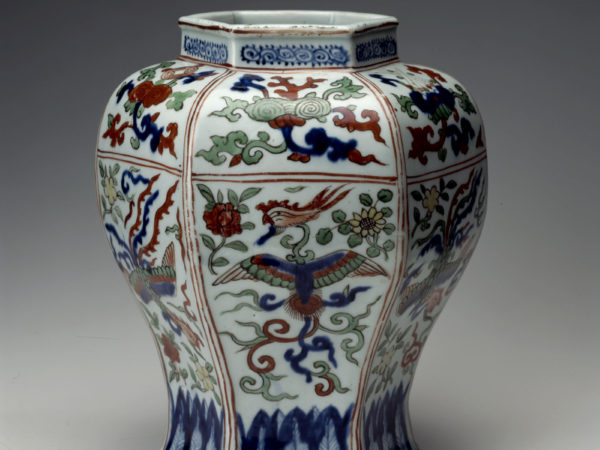When one thinks of Chinese painting one might think of hanging scrolls and handscrolls. Wall paintings were an early form of painting, preserved today in cave temples, temple buildings, and tombs. Written records describe paintings on palace walls and in humbler dwellings. One of the first advocates of landscape painting, Zong Bing, wrote in the 5th century about the joys of having landscape paintings on the walls of his house so he could imagine himself in the untrammeled world of mountains and streams, mists, trees, and rocks. Hanging scrolls of silk provided wall decoration that could be changed or removed. Handscrolls, primarily used for written documents, became vehicles for the illustrations of paragons of virtue or of supernatural spirits as well as panoramic landscapes, and bird and flower paintings.





